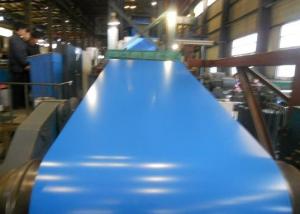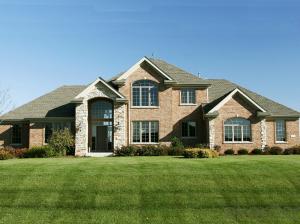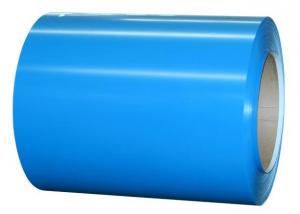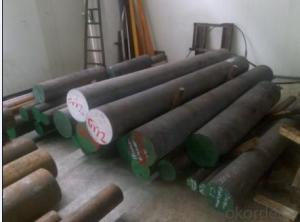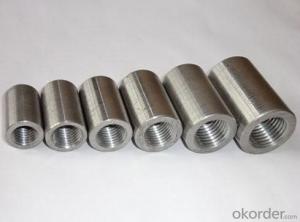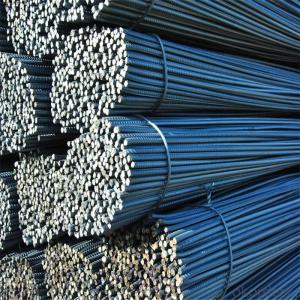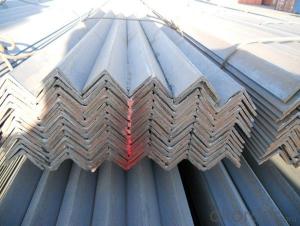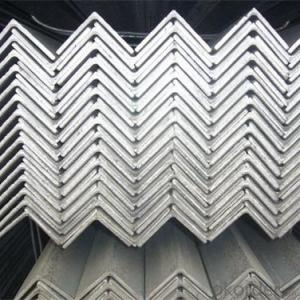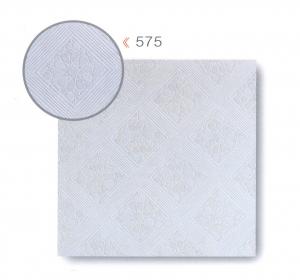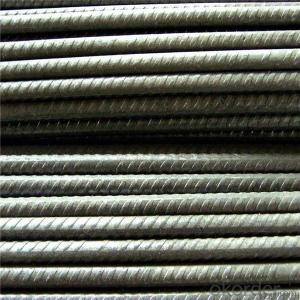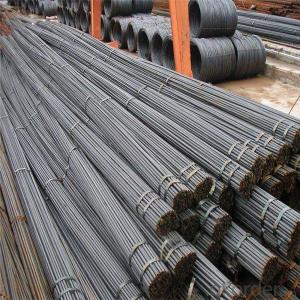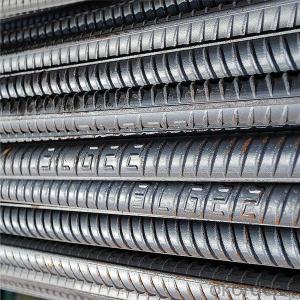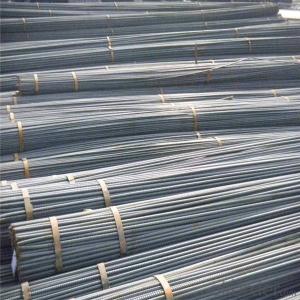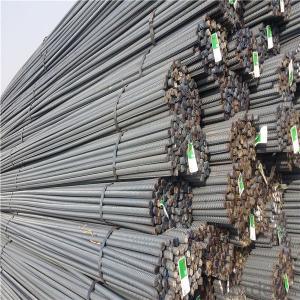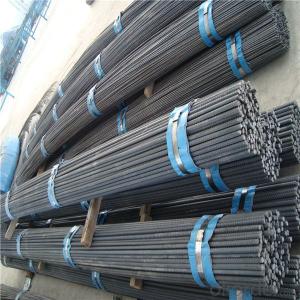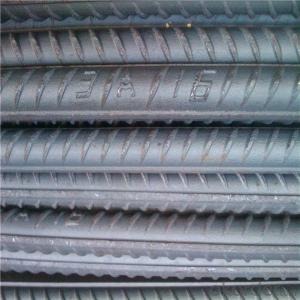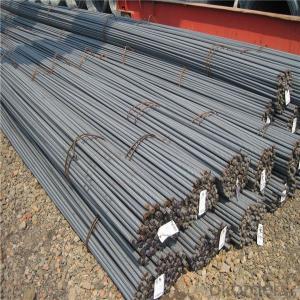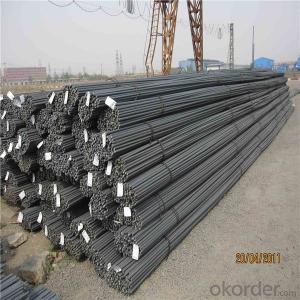Blue Steel Rebar
Blue Steel Rebar Related Searches
Best Paint For Stainless Steel Blanket Insulation For Steel Buildings Primer For Galvanized Steel Foam Filter For Stainless Steel H S Code For Stainless Steel Surface Grinding Wheels For Stainless Steel Surface Grinding Wheels For Hardened Steel Hole Saw For Stainless Steel Paint For Stainless Steel Stainless Steel For BbqHot Searches
Steel Mesh Panels For Sale Price For Stainless Steel Scrap Scrap Price For Stainless Steel Price For Stainless Steel Stainless Steel Tank For Sale Stainless Steel Sheets For Sale Cheap High Tea Sets For Sale Stainless Steel Tanks For Sale Stainless Steel For Sale High Density Fiberboard For Sale Solar Hot Water Collectors For Sale Scaffolding For Sale In Uae Scaffolding For Sale In Ireland Scaffolding For Sale In Houston Type Of Inverter For Solar Price Of Shipping Containers For Sale Types Of Inverter For Solar Stock Price For Aluminum Used Solar Inverter For Sale Steel Mesh Panels For SaleBlue Steel Rebar Supplier & Manufacturer from China
Okorder.com is a professional Blue Steel Rebar supplier & manufacturer, offers integrated one-stop services including real-time quoting and online cargo tracking. We are funded by CNBM Group, a Fortune 500 enterprise and the largest Blue Steel Rebar firm in China.Hot Products
FAQ
- There are several types of corrosion protection coatings available for steel rebars, including epoxy coatings, zinc coatings, polyurethane coatings, and fusion bonded epoxy (FBE) coatings. These coatings provide a barrier between the steel surface and corrosive elements, preventing rust and extending the lifespan of the rebars in various environments.
- There are several surface finishes available for steel rebars, including plain, deformed, epoxy-coated, galvanized, and stainless steel.
- The reinforcement provided by steel rebars is essential for preventing cracks in concrete. These rebars increase the tensile strength of the concrete, which is weak in tension. While concrete can withstand compressive forces, it is susceptible to cracking when subjected to tension or pulling forces. When steel rebars are embedded in concrete, they function as a framework or skeleton that distributes the tensile forces evenly throughout the structure. As a result, the rebars absorb the tension, effectively preventing the concrete from cracking or failing under the applied load. In addition to absorbing tension, the rebars also control the size and width of any cracks that may occur. By confining the cracks to a limited area surrounding the rebars, they prevent the cracks from spreading throughout the entire concrete structure. Furthermore, the presence of rebars can even help prevent cracks from forming in the first place, as they reinforce the concrete and improve its overall durability. To summarize, steel rebars play a critical role in preventing cracks in concrete by increasing its tensile strength, absorbing tension, and controlling crack propagation. This reinforcement is vital in ensuring the structural integrity and longevity of concrete structures, effectively preventing potential failures and ensuring their safety.
- Some common defects observed in steel rebars include surface imperfections such as cracks, pits, and corrosion, as well as improper dimensions or shape, inadequate strength, and poor welding.
- Steel rebars can significantly enhance the crack control of concrete. By providing tensile strength to the concrete, rebars help distribute and resist the formation of cracks. They act as reinforcement, preventing cracks from propagating and limiting their width, thus enhancing the overall durability and structural integrity of the concrete.
- Steel rebars have a significant impact on the sustainability of a structure. They enhance the structural integrity and durability of buildings, improving their longevity and reducing the need for frequent repairs or replacements. The use of steel rebars also allows for the construction of taller and more complex structures, optimizing space utilization and reducing the environmental footprint. Additionally, steel rebars can be recycled, promoting resource efficiency and reducing the demand for new steel production, thereby contributing to the overall sustainability of the structure and the construction industry as a whole.
- When choosing steel rebars for a project, there are several important factors to consider. 1. Grade of Steel: The grade of steel rebars determines its strength and durability. It is crucial to select a grade that is appropriate for the specific project requirements and structural design. Higher grades of steel rebars provide better resistance to corrosion and have higher tensile strength. 2. Size and Shape: The size and shape of the rebars should be chosen based on the structural design and load requirements. Different projects may require different diameters and lengths of rebars. It is important to consider the specific dimensions and spacing requirements to ensure optimal reinforcement. 3. Corrosion Resistance: Depending on the project's location and exposure to environmental conditions, it is essential to select rebars with appropriate corrosion resistance. This can be achieved by using rebars with protective coatings, such as epoxy or galvanized coatings, or by choosing stainless steel rebars. 4. Weldability: If welding is required for the project, it is important to consider the rebars' weldability. Some rebars may require special procedures or preheating before welding, while others may not be suitable for welding at all. 5. Cost: The cost of steel rebars can vary based on grade, size, and other factors. It is important to balance the project's budget with the required quality and strength of the rebars. Additionally, considering the rebars' lifecycle cost, including maintenance and potential repairs, can help make a more economical choice. 6. Availability: The availability of the required rebars in the local market should be considered. It is important to ensure that the desired grade, size, and quantity of rebars are readily available to avoid delays in the project. 7. Compliance with Standards: Steel rebars should meet the relevant national or international standards, such as ASTM or BS, to ensure their quality and performance. Compliance with these standards ensures that the rebars have been manufactured and tested to meet specific requirements. 8. Expert Advice: Consulting with structural engineers or experts in steel reinforcement can provide valuable insights and recommendations. They can assess the project's needs and provide guidance on the most suitable rebars for the specific application. Considering these factors will help ensure the selection of appropriate steel rebars that meet the project's requirements in terms of strength, durability, corrosion resistance, and cost-effectiveness.
- Steel rebars are typically connected to each other in a reinforced concrete structure through a process called rebar splicing. This involves overlapping the rebars and securing them together using mechanical couplers, welding, or by using threaded connections. These connections ensure that the rebars work together to provide the necessary strength and stability to the structure.


















